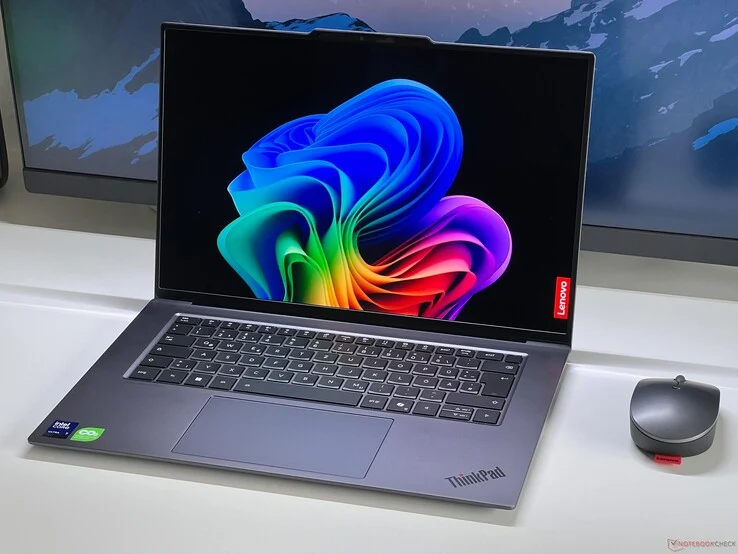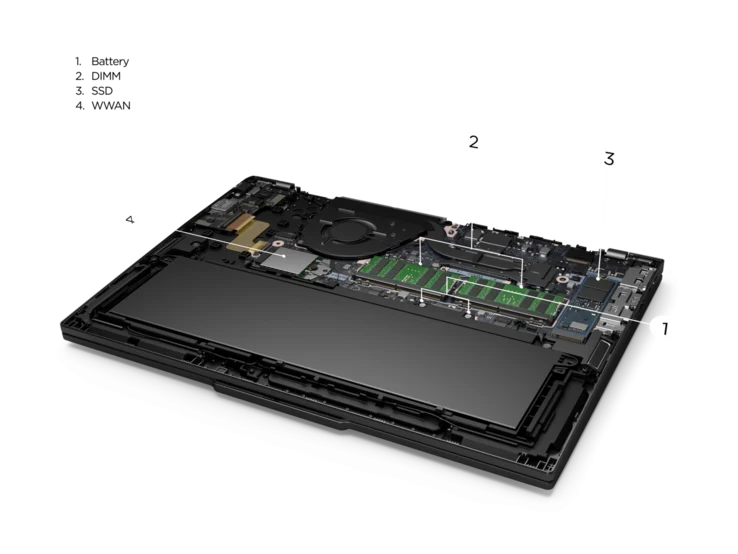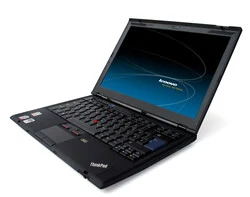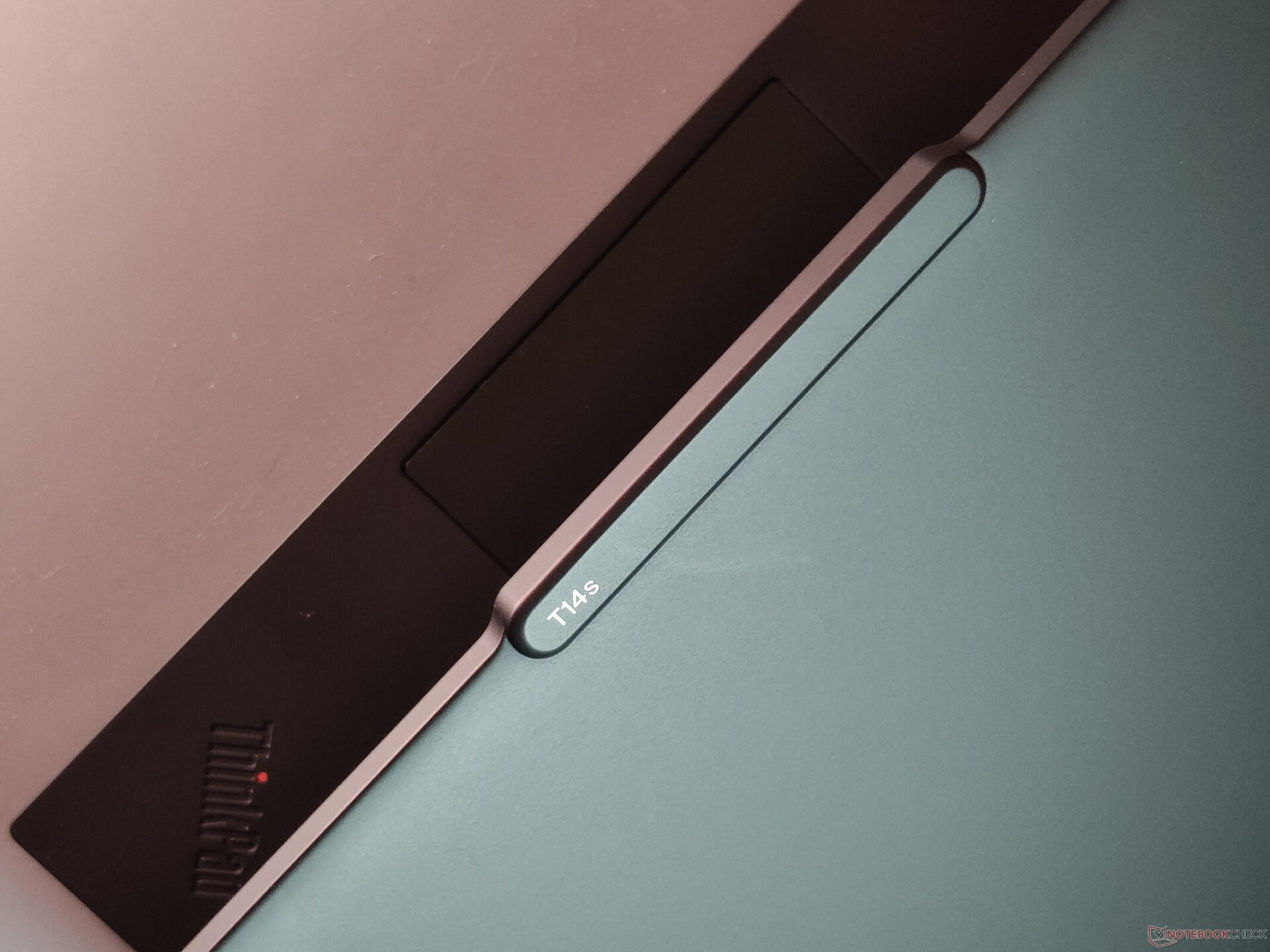Key Takeaways
1. The ThinkPad brand, originally under IBM, was handed over to Lenovo in 2005, and it continues to evolve with new leadership and product innovations.
2. The recent introduction of the ThinkPad X9, which lacks a TrackPoint, aims to attract new users while still offering models with the TrackPoint for long-time fans.
3. Future laptop input may include more voice recognition features, but traditional keyboard and touchpad designs will remain central to ThinkPad’s approach.
4. Lenovo emphasizes brand clarity with distinct naming conventions for ThinkPad series while maintaining strong brand recognition among consumers.
5. Sustainability is a priority for Lenovo, focusing on durable products, repairability, and eco-friendly packaging to achieve carbon neutrality.
On the market since 1992, the ThinkPad laptops have a rich history that began under IBM’s guidance. In 2005, IBM handed over the brand to Lenovo, a newcomer at the time, who has since continued to develop this line of enterprise laptops.
Leadership Changes
Recently, the ThinkPad team was still guided by veterans from IBM until the spring of 2024, when Tom Butler became the new Executive Director of Commercial Portfolio and Product Management. Tom joined Lenovo in 2005, shortly after the brand transitioned from IBM, and he started as a product manager for the Lenovo ThinkPad R60. Now, he is in charge of the whole ThinkPad lineup. During Lenovo’s MWC 2025 showcase, Notebookcheck’s Benjamin Herzig had a unique conversation with Tom.
Thoughts on TrackPoint and Touchpad
Notebookcheck: Lenovo has made headlines with the new premium ThinkPad X9, which does not have a TrackPoint. Are you more of a TrackPoint or touchpad user?
Tom Butler: Let’s talk about the ThinkPad X9 first. We understand that some people were shocked by the absence of a TrackPoint. However, we want to reassure our users that we still have a range of ThinkPads featuring the TrackPoint. The X9 (available at Amazon) is meant to attract those who have not used a ThinkPad before.
As for your question: I am a long-time TrackPoint user, but I also know that a good touchpad experience is essential for those who are not familiar with ThinkPads. I particularly find touchpad gestures helpful. So, to sum it up: Both!
Future of Laptop Input
Notebookcheck: The typical laptop input devices seem pretty established: touchpad plus keyboard. Do you foresee any major changes in this area?
Tom Butler: I liken laptops to an upright piano—the display is like sheet music and the input, which in ThinkPad’s case includes the keyboard, touchpad, and TrackPoint, is at the front. As we approach the 33rd anniversary of the ThinkPad brand, our fundamental approach remains the same. The keyboard is crucial for how we interact with our PCs, and we invest significant effort in refining it. On a piano, you have the keyboard leading to music; on a laptop, it’s the keyboard interfacing with the screen.
Regarding the future of laptop input, we must consider the possibilities of AI. This includes natural language processing. We expect more voice input, though it will likely be limited to private settings—people won’t be chatting with their laptops on planes or trains! (laughs) This is why we’re experimenting with prototypes to figure out how to incorporate these features into our designs.
Branding in the Laptop Industry
Notebookcheck: Branding is a hot topic right now. One competitor has eliminated their laptop brand names. Are brand names becoming less significant, replaced by simple “good, better, best” labels?
Tom Butler: We take a traditional and straightforward approach. Each ThinkPad series, like T, L, or E, has a specific name along with screen sizes for clarity—T14, T16, and so forth. We also add a generational label for logical tracking. Currently, we are not planning any changes. Lenovo has strong brand equity, and our sub-brands like ThinkPad, ThinkBook, and Lenovo Yoga are well recognized by consumers.
Commitment to Sustainability
Notebookcheck: You’ve made strides in sustainability with recycled materials and plastic-free packaging, and improved repairability in models like the ThinkPad T series. Could selling replacement parts become a new business model?
Tom Butler: Sustainability is a key focus for us in our journey toward carbon neutrality—Lenovo’s overarching goal. To achieve that, we aim for more sustainable products and avoid forcing a replacement cycle. Part of this involves developing durable systems that last longer and offer repairability to extend their lifecycle. If our customers are satisfied, they will return for more, even if it takes a bit longer.
We are leading in repairability, offering replaceable keyboards and batteries, along with easy-to-remove screws. At trade shows like MWC, we showcase our open products to highlight their repairable features. This leadership extends to our packaging, as we’ve eliminated plastic, even down to stickers and ties, which is incredibly important.
The Future of Thin Laptops
Notebookcheck: Thinner laptops were a major trend in the 2010s. Do customers still want that, or is it a thing of the past?
Tom Butler: When we ask customers, they prioritize high battery life, performance, lightweight, and a slim design. However, these demands often compete with one another—a larger battery and better cooling lead to a heavier and thicker device. We strive for the right balance.
Regarding the Z height, we’ve reached a point where the current thickness is generally acceptable. This is partly due to features like the HDMI port, which is standard on our newer models. Although some devices like the ThinkPad Z series or ThinkPad X1 Nano utilize USB-C only, we’ve received substantial feedback indicating the need for HDMI. Since many conference rooms globally have HDMI connectors, a certain thickness is necessary for that feature, which means we won’t be going significantly thinner for now. However, we still aim to provide more value, focusing on reducing weight with products like the new ThinkPad X13 Gen 6 and ThinkPad X1 Carbon Gen 13 Aura Edition.
Personal Favorite ThinkPad
Notebookcheck: Lastly, do you have a favorite ThinkPad?
Tom Butler: Oh man! That’s a tough choice. Reflecting on the ThinkPad history, the ThinkPad X300 marked a significant shift for us. It was like a proto-Ultrabook back in its day, and it’s definitely among my favorites. I also have a fondness for our ultraportables, particularly the 12-inch devices from the X200 series. That form factor was ideal for frequent travelers, fitting well in small regional jets. A standout example for me is the ThinkPad X240s, a Japan-exclusive model I had, which was extremely lightweight. The modern equivalent would be the ThinkPad X13, though I also love the X1 Carbon, naturally.
Source:
Link













